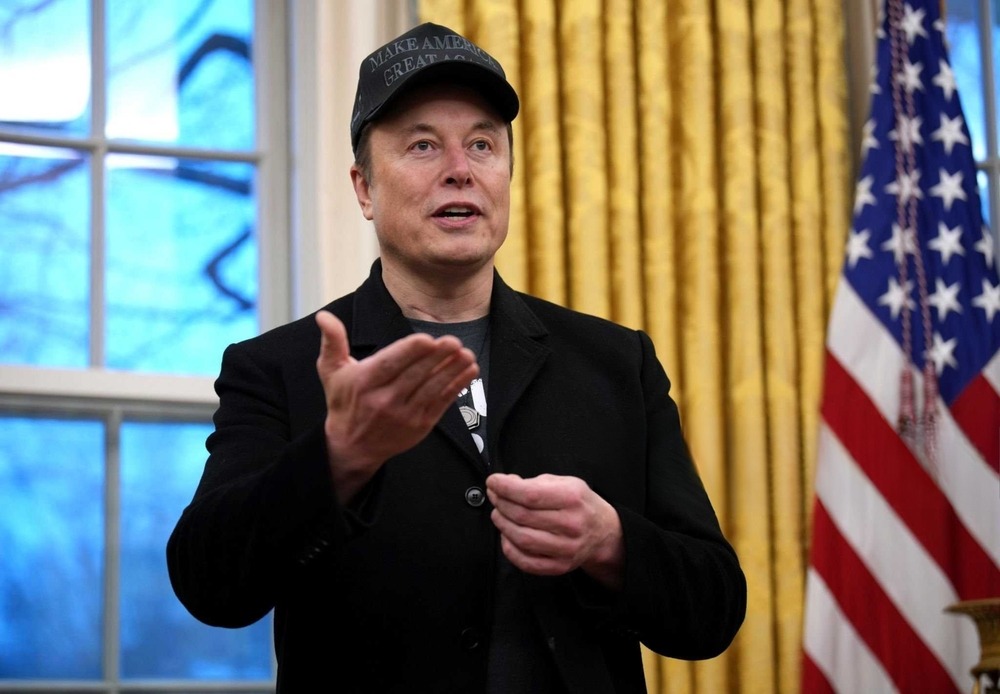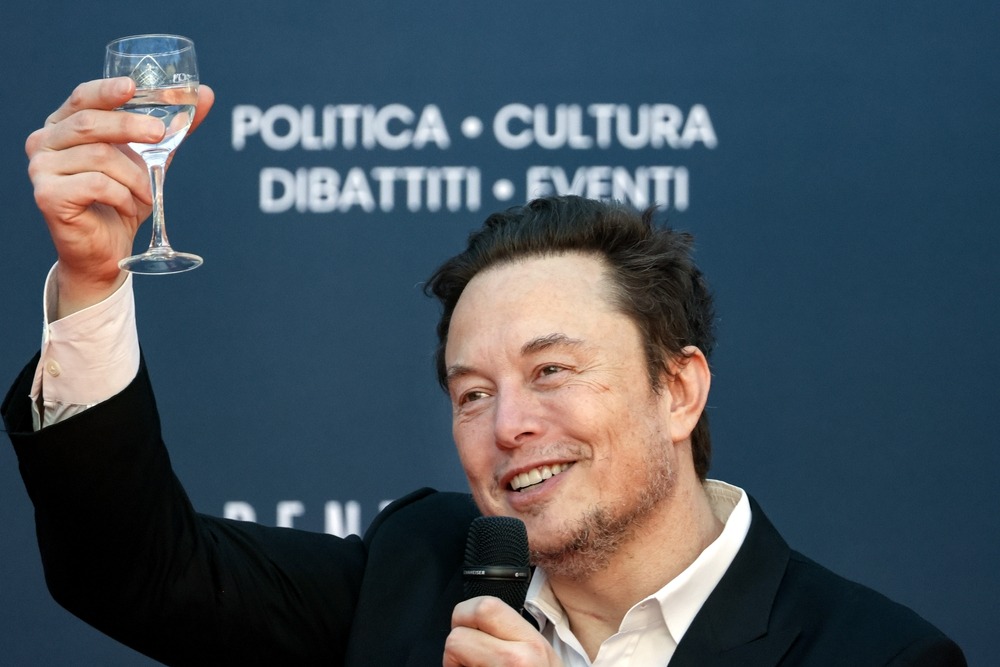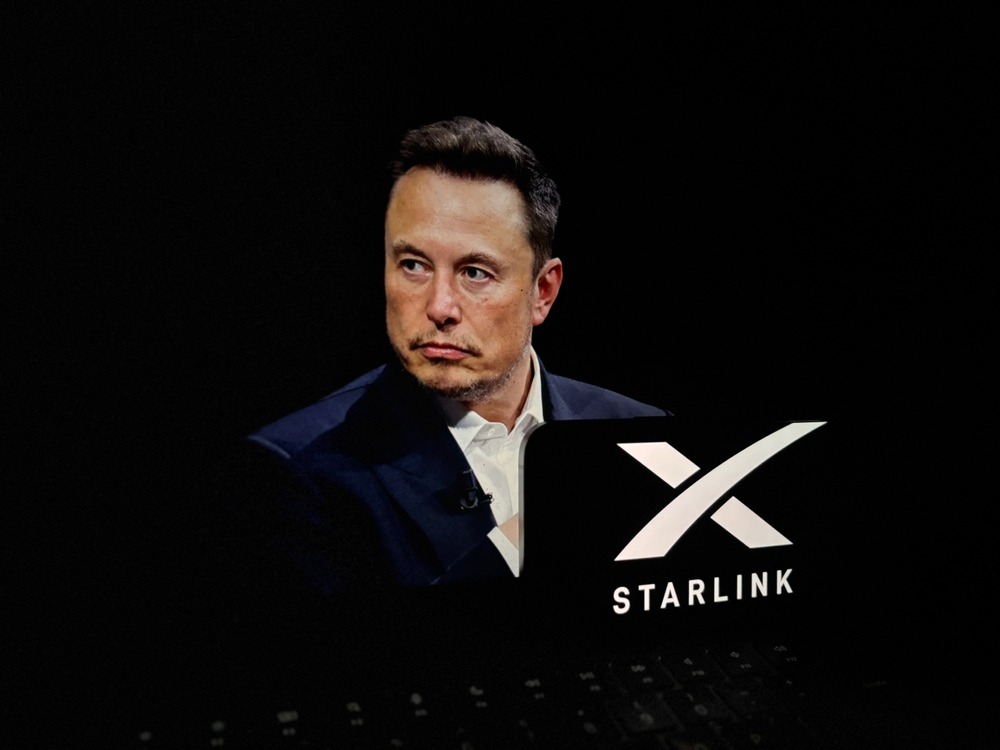Starlink's Shine May Be Fading, and Musk Has Himself to Blame
While Tesla reels from DOGE-fueled chaos and a nosediving stock price, SpaceX has—so far—remained the golden child of Elon Musk’s empire. Thanks largely to the hype around Starlink, the satellite internet venture that supposedly funds our collective trip to Mars, investors have kept SpaceX perched atop the world’s list of most valuable private companies. But all that optimism is now running up against the wall of physics, finances, and, well... Elon Musk’s own behavior.
Starlink’s growth has been nothing short of impressive. In March, it crossed the 5 million customer mark—doubling what legacy satellite internet players like Viasat and Hughes ever managed. It’s now the undisputed heavyweight in the orbital broadband game. This juggernaut momentum helped SpaceX hit a $350 billion valuation in late 2024, a number that’s more a reflection of investor dreams than economic reality.

The hype has persisted even as Tesla cratered—down 55% from its mid-December peak—due to sagging sales and mounting backlash against Musk’s bromance with Trump and flirtation with far-right figures. Somehow, SpaceX has dodged the same scrutiny, but cracks are beginning to show.
Independent telecom consultant Tim Farrar put it plainly: "He keeps pulling rabbits out of hats, whether you believe them or not, about his robots or his self-driving cars or his city on Mars or his AI plans. But I don't think that Starlink alone as it exists today and the reasonable view of its future growth is going to support that sort of valuation."
RELATED: Elon Musk's Starlink Internet Service Installed at the White House.
Rockets are flashy, sure—but the market for them is not. Launching cargo into space brings in just $10–15 billion a year, with slim profit margins. Starlink, by contrast, targets a piece of the $1 trillion telecom pie. SpaceX has more than 7,100 satellites in orbit (over 60% of all active ones), offering service to airplanes, ships, militaries, and rural households. Residential broadband is where the big bucks are supposed to come from, with Quilty Space estimating it’ll bring in 63% of Starlink’s 2025 revenue.
Still, that dream may be outpacing reality. Starlink's technology can't efficiently serve dense urban areas, and rural customers often balk at the $120-a-month price tag. The result? Capacity constraints, service waitlists, and real doubts about how many users the system can reasonably support.

Even with upcoming V3 satellites boasting 10x the bandwidth of the current V2 minis, coverage remains limited. Farrar estimates that, optimistically, the improved satellites could handle 10 users per square kilometer—great if you're beaming internet to cows, less so if you're trying to crack into cities like New York, where the math just doesn’t add up.
Europe is already giving Musk the cold shoulder. Ontario killed a $68 million contract in response to U.S. tariffs, and Italy iced a potential $1.5 billion Starlink deal after Musk’s erratic behavior and threats to cut Ukraine off from Starlink. Governments are pivoting toward alternatives like Eutelsat’s OneWeb or developing their own constellations to reduce dependence on Musk’s mood swings.
Meanwhile, China is pushing three of its own mega-constellations, with the most advanced—SpaceSail—already boasting 90 satellites and deals in countries where Starlink has stumbled politically. Amazon’s Kuiper project, backed by Bezos’ deep pockets and AWS infrastructure, is also launching into orbit. In short, the competition is catching up.
RELATED: Musk's Tesla Cybertruck: One Of The Biggest Auto Industry Flops Of All Time.
Starship is supposed to save the day. It’s SpaceX’s mega-rocket, capable of launching 60 V3 satellites at a time and delivering massive bandwidth. But the last two test launches ended in fiery explosions, and commercial demand outside of Starlink remains flat. Space tourism? Please. Even if Musk slashes launch costs to $100/kg, you’re still looking at a six-figure ticket just to puke in zero gravity.
"Ultimately, I think Starship will be the thing that takes us over the top as one of the most valuable companies," said SpaceX President Gwynne Shotwell, possibly while crossing her fingers behind her back. "We can’t even envision what Starship is going to do to humanity and humans’ lives." Yes, we can—it’s going to cost a lot and not do much unless you're extremely rich or extremely bored.

Chris Quilty of Quilty Space summed up investor sentiment best: "You can't get there by traditional metrics."
And that’s the problem. Musk’s empire has become less about delivering value and more about selling visions. That’s all fine and well—until reality calls collect.










